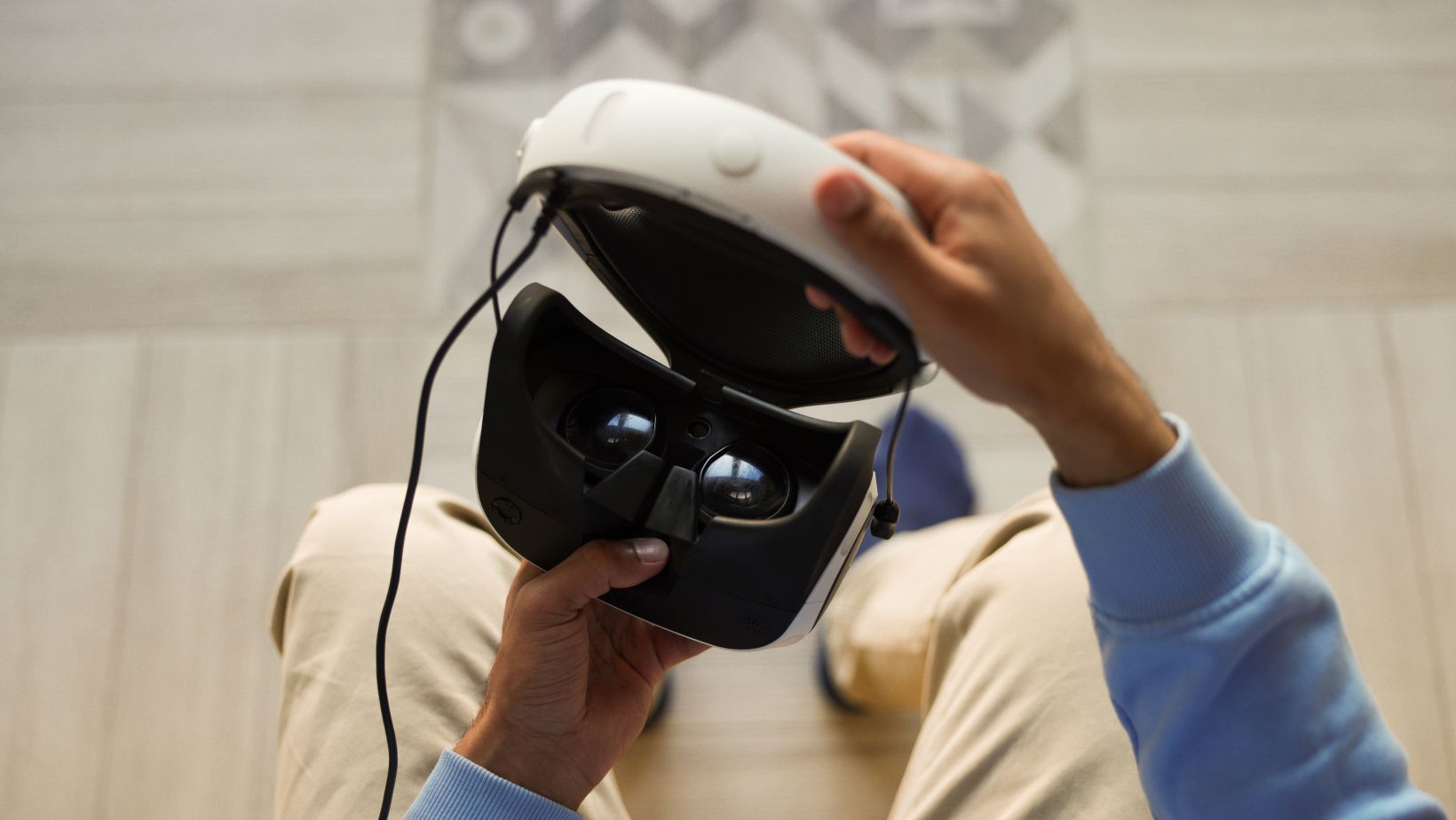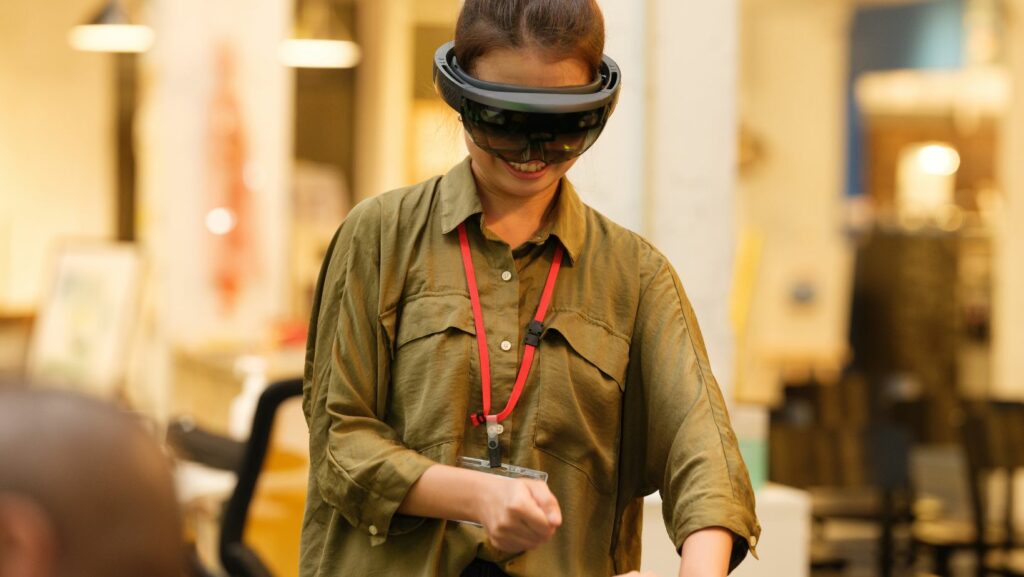The eyewear industry has always been about innovation, from improving vision to making bold fashion statements. In 2025, augmented reality (AR) is reshaping how we interact with eyewear, blending technology and style in ways we could only imagine a decade ago. AR is no longer confined to sci-fi films or niche gadgets; it’s now a practical and exciting addition to everyday eyewear.
Transforming The Shopping Experience
Gone are the days of trying on countless pairs of glasses in-store or second-guessing online purchases. AR technology has revolutionized the shopping experience by introducing virtual try-ons. With just a smartphone or AR-enabled device, customers can see exactly how aviator glasses or wayfarer frames will look on their faces before making a purchase. This not only saves time but also reduces the guesswork, making the process more enjoyable and efficient.
Retailers are embracing AR to bridge the gap between online and in-store shopping.

By integrating AR into their websites and apps, brands offer a seamless way for customers to explore their collections. It’s not just about trying on glasses; it’s about experimenting with colors, lens shapes, and frame styles, all from the comfort of home.
Enhancing Functionality
AR is also pushing the boundaries of what eyewear can do. Smart glasses equipped with AR features are transforming how we see and interact with the world. Imagine looking at a menu in a foreign language and seeing instant translations appear right on your lenses. Or navigating a new city with step-by-step directions displayed directly in your field of vision.
For professionals, AR-enabled glasses are proving invaluable. Architects can visualize 3D models on-site, surgeons can access real-time data during procedures, and athletes can track performance metrics during training. These advancements show that AR is not just a gimmick but a powerful tool for enhancing productivity and efficiency across various fields.
Bridging Fashion And Technology
In 2025, eyewear is as much about self-expression as it is about functionality. AR has made it possible for glasses to adapt to individual preferences in real-time. For instance, users can switch between classic wayfarer frames for a day at the office and bold, futuristic designs for an evening out, all with a quick adjustment in their AR interface.

Brands are collaborating with tech companies to ensure that AR eyewear doesn’t compromise on style. Lightweight materials, sleek designs, and customizable options ensure that users can enjoy the benefits of AR without sacrificing aesthetics. Aviator glasses, for example, remain a timeless choice but now come with AR capabilities that blend seamlessly into their iconic design.
The Future Of AR In Eyewear
As AR technology continues to evolve, its integration into the eyewear sector will only deepen. By 2025, we’re seeing a shift towards personalized experiences, where glasses are more than just tools for vision correction or fashion statements—they’re gateways to enhanced realities. Whether it’s trying on the perfect pair of wayfarer frames virtually or using AR glasses to navigate daily life, the possibilities are endless.
Looking ahead, the focus will likely be on improving battery life, reducing costs, and expanding AR’s accessibility to a broader audience. As more people adopt AR-enabled eyewear, the industry is set to become a dynamic blend of fashion, functionality, and futuristic innovation.



